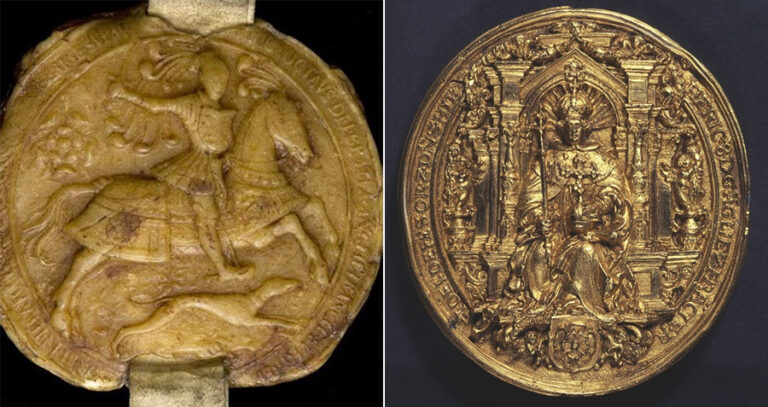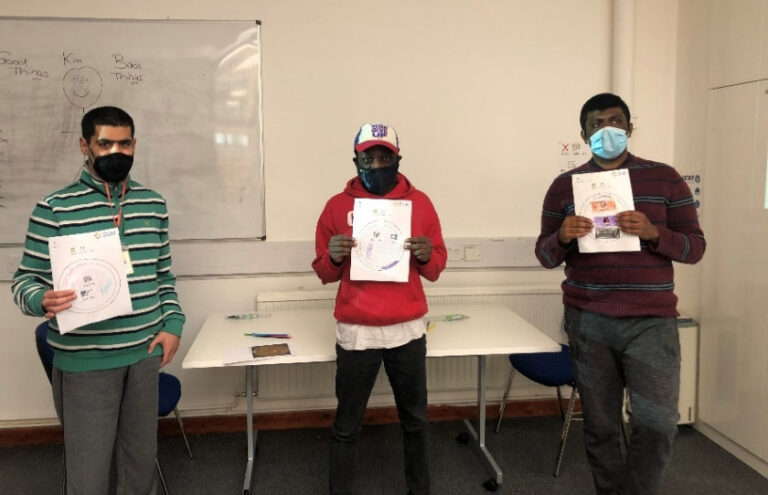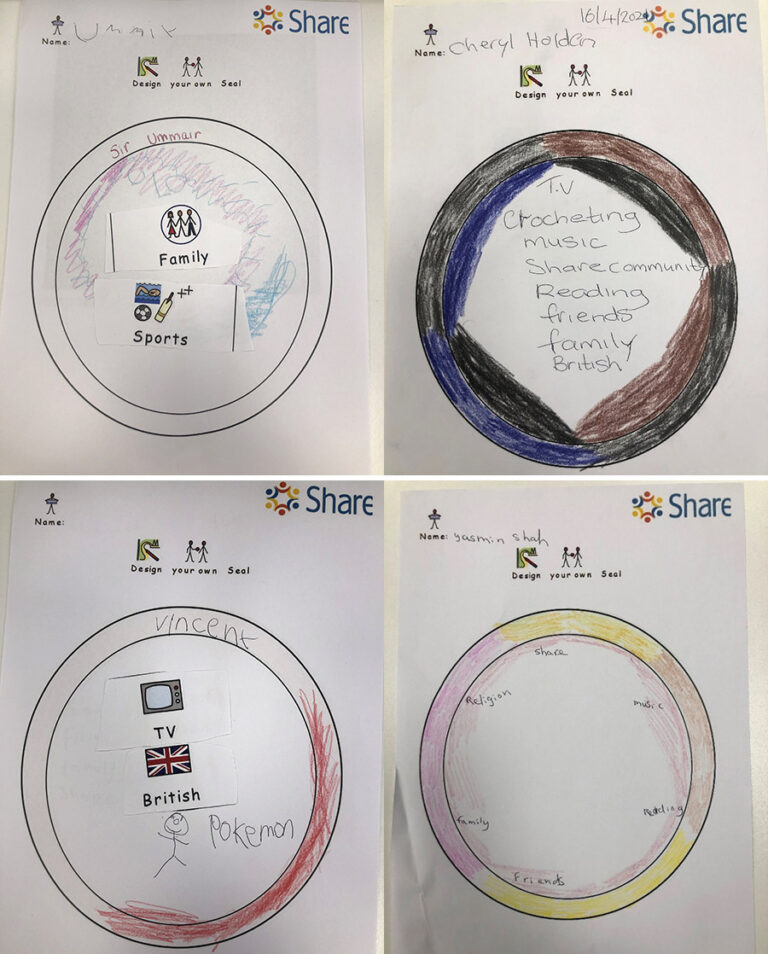Since January this year, Outreach at The National Archives have engaged with a vulnerable Special Educational Needs and Disabled (SEND) group called Share Community. The group is based in Battersea, London, and we’ve had a relationship with this training and support charity since collaborating with them in 2019 on a wellbeing project called This is our Park.
The participants
When introducing the cohort at Share Community, Alice, the Community Learning Facilitator, told me that they were all adults, most aged over 25 years and having a learning disability and/or autism. They have lots of life experience and enjoy many of the same things adults without a learning disability do: going to museums, heritage trips out with friends and much more.
The COVID-19 pandemic has been difficult for everyone, and the loss of social lives, and isolation in our homes has dominated experience across the globe. However, this has arguably impacted some of Share students much more than other groups. Many have not had access to technology at home, lack support or the ability to get online or are clinically vulnerable, and were restricted to their homes for more than six months.
Delivering online
The question was how could we deliver both learning and fun online through Zoom to a group that has varied learning needs, but also has great artistic enthusiasm and enjoys creative thinking? Both Alice and I recognised that it might be challenging to engage such a group with what might be perceived as dry archival material.
Back in January I adapted a Powerpoint presentation, that I’d previously delivered to a different audience, called ‘TNA Treasures’. This covered topics as wide ranging as the Domesday Book, Magna Carta, the use of Tally sticks by the medieval Treasury, Caxton’s printing press, Henry VIII’s Great Seal, and the letter held at The National Archives that condemned Queen Catherine Howard to her death in Tudor England. The question for us both was ‘how could such fascinating documents be engaging and produce learning outcomes for this group, and be conveyed online’?
We both agreed that if the sessions were going to deliver for the individuals involved, we had to have a clear strategy. This included a combination of introductory images of the documents at the beginning, a discussion on the history of the documents, videos from YouTube such as Horrible Histories, and a short quiz or creative activity at the conclusion.
Agreeing a plan of action and a ‘run through’ of the lesson a few days before the session on Zoom helped both of us iron out any issues. Below, I explain how delivering one of the sessions on Henry VIII’s Seal can be educational, fun, creative and even empathetic.
The National Archives has a large collection of Royal Seals, mainly from the monarchs of the Middle Ages. The seals were usually attached to documents like Charters or letters. I would show examples at the beginning of the session from either our online resources or a Word document. The important thing to remember about seals is that they are like a signature – they were identifying a monarch with a document. Moreover, they tell us something about the owner, about their legitimacy and authority to rule. It was therefore paramount to communicate to the SEND students some of the characteristics and symbols that composed Henry’s Seals.

The gold seal image is a great resource in an online context but particularly with a SEND group as you can draw out symbols and the meanings of objects. For example, the Orb as a religious symbol or the Tudor rose at Henry’s feet, representing the union of the houses of Lancaster and York. The group was asked to identify as many different symbols or objects within the seal as possible to help explain what Henry was trying to convey to his subjects. Explaining such symbolism carefully and allowing the group time to observe detail was vital for the progression activity of producing their own individual seals.
I used images of Henry’s Seals in combination with the interactive page on The National Archives’ Exhibitions web pages, letting the students observe in closer detail the meaning of Henry’s different representations of himself. This presented an opportunity to reinforce the learning and to give more information to the students, such as stating that all seals had a ‘legend’ – a motto from its owner around the circumference of the seal.
Language is important here in delivery to such groups – explaining that a legend is a type of message, but one sent by a king to his subjects. This was explained by stating that in today’s world we would send an important text to everyone. Henry, through his symbols contained in his seals, was trying to impress and portray himself as a powerful monarch.
Facilitating the sessions
Because the sessions were online, and in this instance delivered to two separate groups, it was vital that the support staff at Share were involved. Alice let the assistants know what needed to be explained and repeated to the students. Sound quality in such formats can also be an issue on Zoom, so patience is sometimes needed. Repetition of instructions and demonstration of action is always useful.
What was learned?
It is important to take note of what students say in the session (even if factually wrong), and if they observe something, you can elaborate, which should give them confidence while sustaining their attention and engagement. I recall that one of the students noticed a shield in the wax seal we looked at, and wondered why Henry was holding it? A conversation ensued about Henry wanting to impress an image of himself as a brave warrior and that showed he was a military leader.
Introducing props into the session can be useful. In this specific session Alice was able to pass around a wax candle to the group, and I explained that seals in the Middle Ages were usually made of beeswax and then covered in gold leaf or other metal. Allowing students to experience the texture of a seal (was it bumpy or smooth?) will help them gain empathy with an object or illustration.
The activity
When explaining the activity – in this lesson, encouraging the students to create their own seals – we highlighted some of the symbols used by Henry but allowed the students to use their own imagination and incorporate modern symbols. Alice created a template with suggestions of objects or words to include. Several students used televisions or mobile phones as their symbols, as well as drawings of what they enjoy doing or how they see themselves, including their family. I encouraged them to include their hobbies or family members where relevant. Asking them to create their own legend – building on the above learning – writing a motto specific to them, and what they believe in, was important. Thanks to the support assistants there was help with the spelling of words.


Feedback from the students after a session on Henry VIII’s Seals and subsequent activity where students created their own includes:
‘I put reading, TV, Dr. Who, and Guitar (on my seal). I coloured in a picture of a police box. (These things are all important to me), so that’s why I put them on my seal.’
Jordan
‘This is the seal with TV, bridges, Pokémon, and Ash from Pokémon. (Michael) talked about the golden one (seal). The candle melts to make wax for the seal.’
Vincent
‘He (Michael) was good last week. We made pictures. I’ve got friends and sports on my seal, I like them.’
Ummair
‘On my seal there is reading, talking, friends and Share. It’s good. I drew pictures.’
Shanice
Conclusion
After the session, Alice reflected that delivering sessions on Zoom has meant that students can continue learning in a way that is accessible, and through Share Community support has been provided. Delivering online has meant students attending the centre can learn about the Archives’ treasures – something they wouldn’t have been able to do on their own.
The session has sparked a curiosity about history, identity and our local communities. Some of the students have suggested we go back to re-visit the Archives when it reopens. Others have gained an understanding of the history of their right to vote, thanks to earlier sessions on the Domesday Book or the invention of IOUs, from the Treasury Tally Sticks. The sessions have brought about many interesting questions and sparked conversations that would never have taken place if it were not for Michael and his team.
Reflecting on these lessons I am reminded that we are all vulnerable in lockdown and missing human interaction. Sessions such as these delivered to the Share Community contribute to the plethora of wellbeing activities which are now available on the internet. We will hopefully be continuing our partnership with Share on a new project in the autumn of 2021, and looking forward with enthusiasm to seeing each other in person.
You can take a short look at highlights from the lesson on a YouTube link here:
Fantastic! Well done Michael!